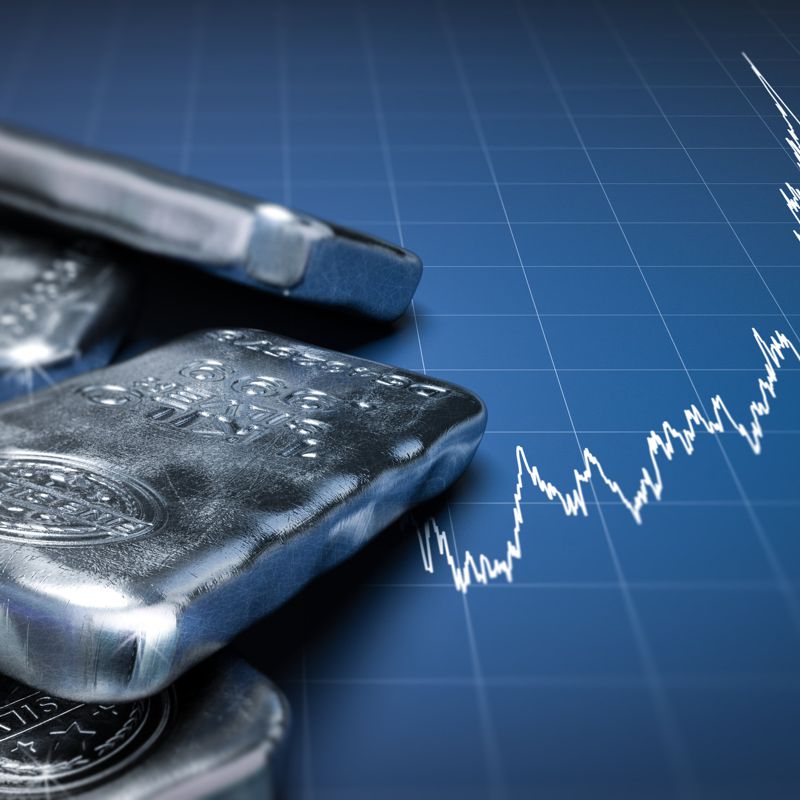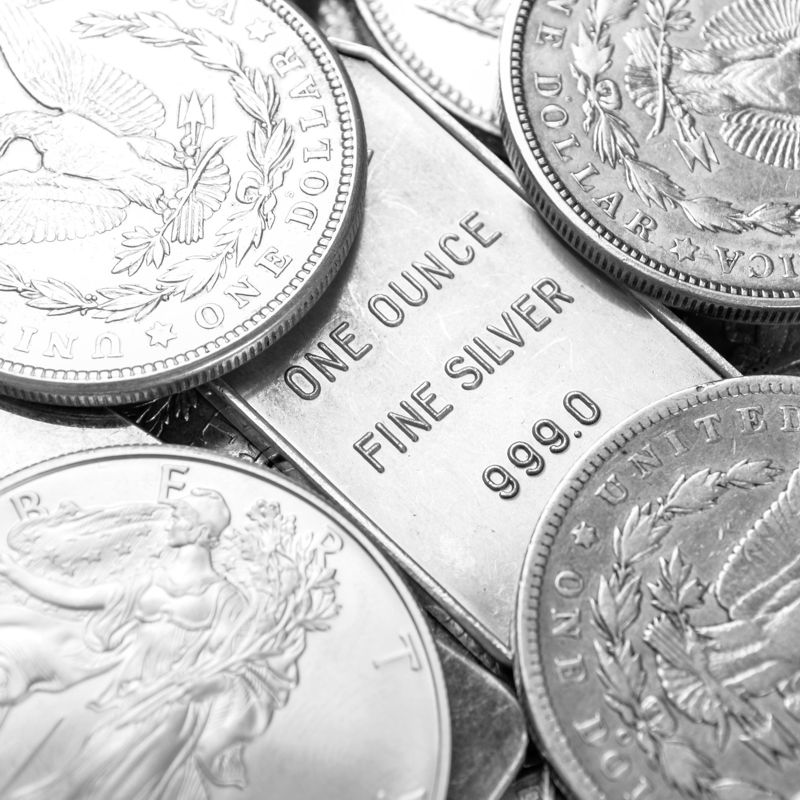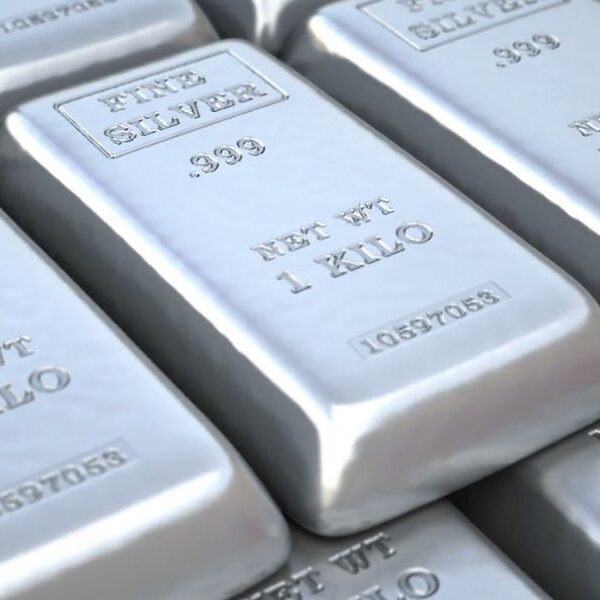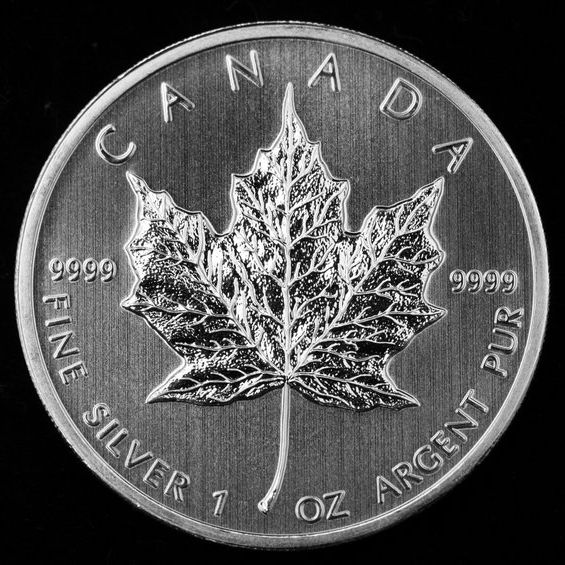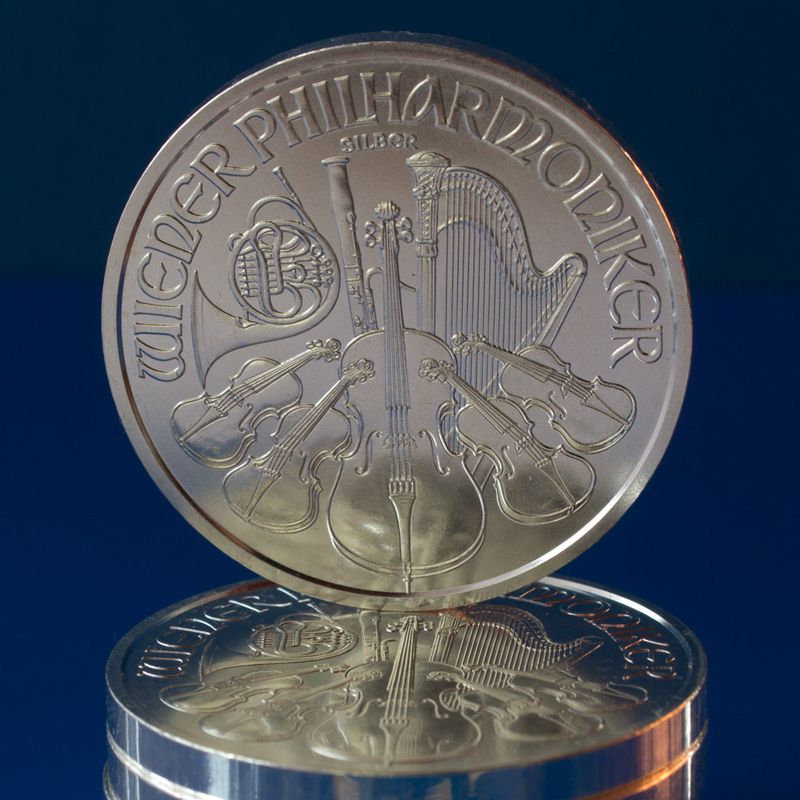How can you keep the price of a highly sought-after commodity low? How is it possible to have demand for something greater than current production without affecting the price? There can only be one answer: manipulation through fictitious “blank sales” at COMEX (the world’s largest commodity exchange in New York). The basic lesson is that when consumption exceeds production, the price must rise. So why is silver the exception?
In modern trading, physical silver never changes hands and is therefore traded in larger volumes than actually exist. Similarly to writing on a tablet with chalk when trading in the past, here too items are traded diligently and credited to accounts on both sides. In reality, however, no one really wants to hold silver, and therefore the maturity date never occurs. It is a heavy and bulky metal, would have to be transported somewhere and also stored safely. All this would cost a lot of extra money.
This is why in futures trading, stock market players are content to have a document that states: You have bought ten bars of silver and you can pick them up at XY at any time. If the price of silver rises, the person in question sells the receipt at a profit to someone else.
